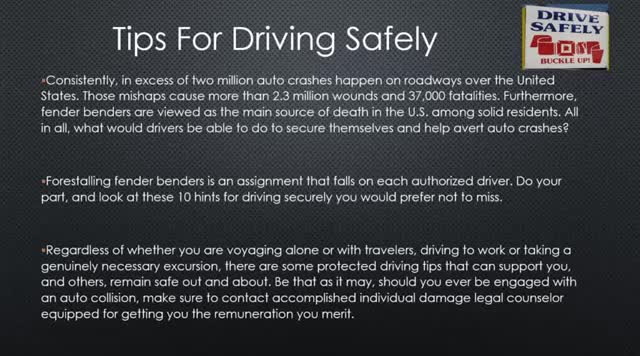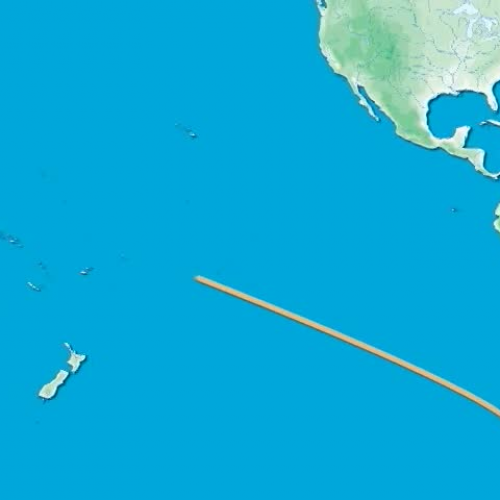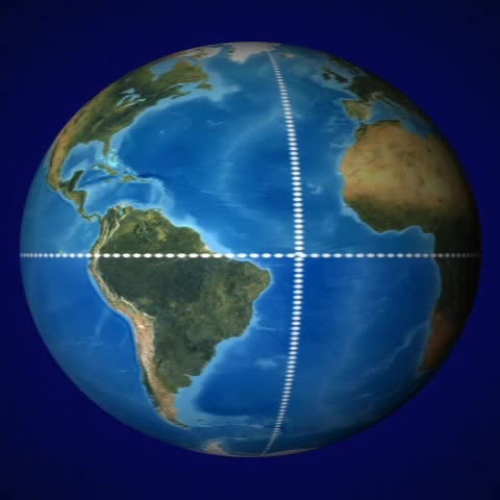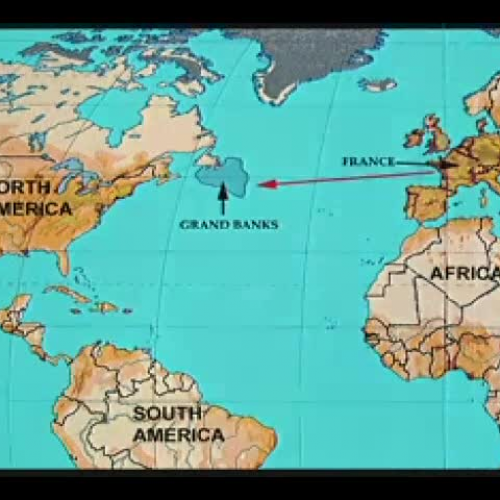High School > History > Exploration Videos
From the 15th to the 17th centuries, various explorers from Europe sailed the world in search of new lands. This is known in the history books as the Age of Exploration. It is in this era when Europeans set foot on lands they have never seen before. Also, they encountered people they never thought existed. The most well-known figures of this era include Ferdinand Magellan, Christopher Columbus, Vasco de Gama, and John Cabot.
Advancements in shipbuilding and navigation brought about by the Renaissance era gave rise to the urge to explore new worlds. This, coupled with the thriving capitalism in Europe, many countries set sail and sought out new trading partners and trade routes in the rest of the world.
Explorers visited the previously uncharted territories of Africa and the Americas, discovering new lands that they did not know of before. These voyages opened up new trade routes for silk, spices, and precious metals. Thanks to this trade, European countries amassed a very good deal of wealth.
However, this did not come without drawbacks. In order to support the new industries created by these trade routes, a huge workforce was required. This then led to a three-century-long slave trade that grossly affected most of Africa. Even to this day, the impact of the slave trade persists, as many African countries remain as very poor nations, in stark contrast to the vastly wealthy countries of Europe.
The Age of Exploration did bring in new technologies though, especially regarding navigation. New nautical maps were invented, which marked the geographies of newly discovered lands and the ocean currents that would lead to them. As more territories became known, mapmaking became more advanced. This opened up the study of geography, influencing much of what we know about the different parts of the world today.









